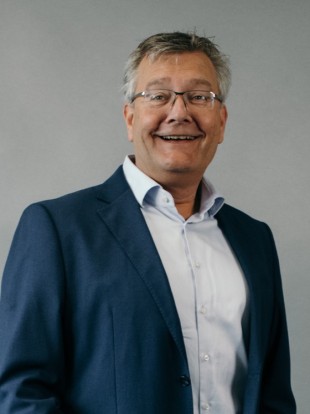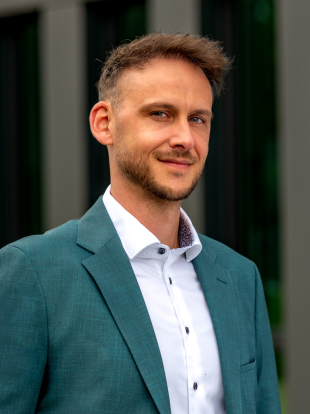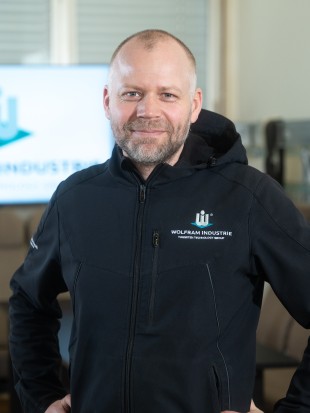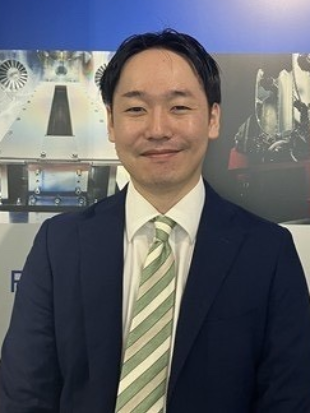
In keeping with this year's motto ‘Join the Future’, the Future Hub is celebrating its premiere. The top topics include digitalization, sustainability, skills shortages, cybersecurity and social media. Best practices, feedback rounds, panel discussions or informal talks - the moderated interactive communication area creates space for sharing experiences and collaboration within the industry.
The Future Hub stage is located in Hall 7 (booth number 7G13).
On Friday, September 19, representatives from Wolfram Industrie, MaxPhotonics, Valk Welding Deutschland and Keihin Ramtech will give informative presentations.
| FRIDAY - 19/09/2025 |
|---|
|
10:00 – 10:40 a.m. Rethinking TIG Welding: Unlocking Untapped Potential Matthias Schaffitz, Wolfram Industrie |
|
10:45 – 11:25 a.m. Handheld laser welding reimagined: How new technologies are pushing boundaries – and redefining security Steffen Köhnlein, MaxPhotonics |
|
11:30 a.m. – 12:10 p.m. Automatic robot programming (ARP) in consideration of the challenges of today's manufacturing tasks Jörg Gerlitzki, Valk Welding Deutschland GmbH |
|
12:15 – 12:55 p.m. Basic Characteristics of Synchronized Stir Welding “SSW” and its prospects for Next Generation Friction Stir Welding Technologies Shinnosuke Kuida, Keihin Ramtech Co., Ltd |

Jörg Gerlitzki (Valk Welding Deutschland GmbH)
"Automatic robot programming (ARP) in consideration of the challenges of today's manufacturing tasks"
The presentation provides a practical insight into innovative solutions to combat the shortage of skilled workers and highlights key challenges in manufacturing, particularly in the field of welding. One focus is on automatic robot programming, supplemented by illustrative examples from production and application. A detailed look at camera-guided welding robots will also be presented. Finally, the speaker will give an outlook on future developments in software and artificial intelligence.
Presentation language: German

Steffen Köhnlein (MaxPhotonics)
"Handheld laser welding reimagined: How new technologies are pushing boundaries – and redefining security"
How new technologies are pushing boundaries – and redefining safety. Laser manual welding has established itself as a modern alternative in the TIG welding sector – but new technological developments, such as the combination of a high-performance power source and dual wire feed, are significantly expanding the range of applications: this also makes MIG-typical applications possible. However, this increased performance also brings with it greater occupational safety requirements. The presentation highlights the technical background to this development and shows why parallel advances in personal protective equipment are crucial to making the process safe and widely usable.
Presentation language: English

Matthias Schaffitz (Gesellschaft für Wolfram Industrie mbH)
"Rethinking TIG Welding: Unlocking Untapped Potential"
The presentation provides practical insights into how unused opportunities in TIG welding can be leveraged through targeted optimization. Key focus areas include shielding gas selection, automation potential, and proven best practices to enhance quality and efficiency. Participants gain concrete impulses for applying TIG welding in a more future-orientated and cost-effective way.
Presentation language: English

Shinnosuke Kuida (Keihin Ramtech Co., Ltd)
"Basic Characteristics of Synchronized Stir Welding “SSW” and its prospects for Next Generation Friction Stir Welding Technologies"
Friction Stir Welding Problems
Friction Stir Welding (FSW) has been widely used in the automotive, aerospace, and high-tech industries due to its superior mechanical properties after welding. However, to perform a high-quality joint using FSW, it was necessary to secure an advanced angle (usually 1 to 5℃) using a dedicated FSW machine, and to use a joint structure and a restraining jig that can withstand the tool pressure applied during jointing using a highly rigid processing machine. To solve problems regarding productivity and versatility, research and development of multitasking machines and robotic FSW, which combine cutting and FSW functions, have been conducted in recent years. However, the narrow process window makes it prone to welding defects and lacks reproducibility, limiting its use in fields where precision is required. Another reason why FSW machines are not widely used in the world is that they are very expensive. Therefore, we produced SSW to solve these problems.
Synchronized stir welding characteristics
In Synchronized Stir Welding (SSW), the tip of the stir tool is “driven with micro-vibrations” in both directions for rotations and verticals. Therefore, the tool has the characteristic of synchronously stirring in the direction and at the speed required by the material to be stirred in response to the movement demanded by the material to be welded. Conventional FSW requires a large shoulder diameter to force agitation by an external driving force, which results in a high heat input and low welding speed. In contrast, SSW is driven with micro vibrations to optimize agitation, resulting in high welding speeds and small shoulder diameters. Therefore, it is possible to complete welding in the high-speed range stably with low heat input. In addition, since it does not require an advanced angle and does not require a large amount of rigidity, it can be easily installed on existing machining centres (machining centres, milling machines, multifunction machines) and robots, and is expected to be very versatile. SSW can be joined at “high speed, high strength, low temperature and low pressure” without the need for advanced angles. Because of this, it can be easily assumed that SSW can expand the scope of welding with robots and processing machines, which currently require rigidity and are a challenge, and therefore can be used for various applications. Additionally, jigs and clamps that require high rigidity and precision, as well as the allowance, can be minimised because the pressure applied to the material side is reduced. The industry, which has been unable to enter the welding industry because of these factors, can anticipate significant development in the future from the standpoint of opening new markets.
Presentation language: English
Plan your visit to the trade fair!